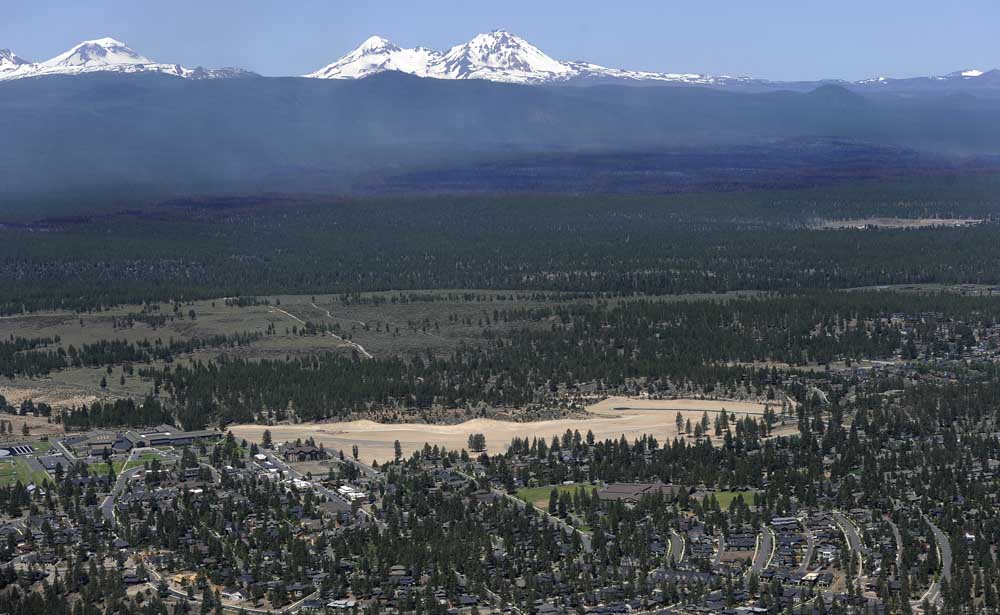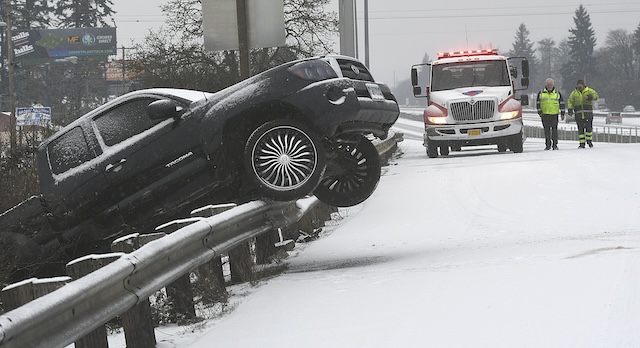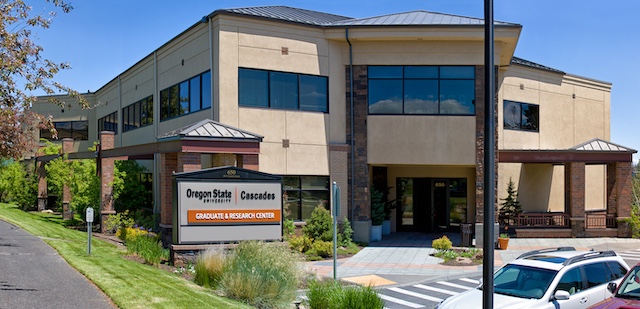Wildfire evacuation: Bend officials outline what you need to know
Published 3:30 pm Thursday, June 1, 2023

- Smoke rises from the Two Bulls Fire as it burns west of NorthWest Crossing in June 2014.
Dan Derlacki, Bend’s deputy fire marshal, saw a turning point in 2014, when emergency response officials battled the Two Bulls Fire, which burned more than 6,900 acres near the city.
While evacuations went smoothly in some neighborhoods, officials realized they needed to spread the information on a larger scale when evacuations started to go awry in other areas. Once they began to do that, Derlacki saw major improvement.
“The next time we had an evacuation was in La Pine and it went way smoother,” he said. “They learned from those instances and they were able to notify people much quicker.”
Derlacki credits this to the preemptive work that emergency and fire officials put in to spread information about alert systems, evacuation levels, how to make a plan and create a bag that is full with emergency evacuation supplies.
June is the start of the wildfire season, and fire and emergency officials want to remind the community of what residents can do to keep safe and have created a detailed list on how to be prepared.
“Evacuation is going to be hugely stressful and disruptive to your life,” Derlacki said. “Anything you can do to make that smoother will help that stress level and anxiety around it.”
How to access emergency information
Emergencies happen when you least expect them, and it’s better to stay ahead of the curve rather than figuring things out on the fly. To prepare, make sure your phone settings are set to receive emergency alerts, according to the Oregon Department of Emergency Management.
For additional information concerning your local alert system, sign up through ORAlert.gov and enter in your information by city, county, or ZIP code.
According to the OR-Alert page, messages are sent by official public safety and emergency management authorities at the local, county, tribal, and/or state level, depending on the scope of the emergency.
These are sent via text message, and if you want to ensure you are getting alerts, the website recommends downloading the Everbridge mobile app or texting your ZIP code to 888777.
You can also utilize social media to your advantage by following local emergency service providers. Shelter information can be found on social media.
“That’s going to be the fastest way that we are going to relay information to the public,” Derlacki said.
County emergency management websites can also be found though the Oregon Wildfire Response and Recovery evacuations page.
What do the evacuation levels mean?
There are three levels to the evacuation notification system. Each level defines and describes the threat and readiness level for the situation. As conditions can change rapidly, management officials urge those to evacuate any time they feel they are in danger or feel unsafe, regardless of the evacuation level.
“It’s best to be aware of the levels (of evacuation),” said Crook County Sheriff John Gautney. “If you get trapped, you are putting yourself and first responders in danger.”
• Level one indicates the “Be Ready” stage of evacuation, when officials say you should start to check emergency service websites and local news stations, pack up your bags and prepare to leave. Share the information you find with everyone you know to help keep everyone safe.
“Be prepared and go early,” Derlacki said. “If you are getting the ‘Be Ready’ level, that might be the time to go. Less traffic, you can move slower and get to a shelter easier … it’s a lot less stressful and safer for everybody.”
If you know you will need more time, leaving earlier is highly advised. This includes households with older adults, families with children, people with disabilities, livestock and pet owners, and those with limited access to transportation.
For those with pets, livestock and agriculture, check out the wildfire resources issued by the Oregon Department of Agriculture.
• Level two means “Be set” to evacuate at any time. It specifies a significant danger in your area.
• Level three means “Go now.” At this point, officials state that there is a high threat of danger and it is extremely unsafe to stay. According to state emergency officials, you should stop gathering belongings or trying to protect your area and leave immediately because emergency services may no longer be available.
How to make a plan
The Ready Campaign website — a national public service dedicated to educating people on emergency preparedness — has an extensive checklist on what you should do in an event of a fire and consists of four steps.
First, make sure you begin to put a plan together by offering discussion prompts of what you need to do for emergency alerts, shelter plans, evacuation routes, family/household communication plans, and what should go in your emergency preparedness kit.
Second, consider the specific needs of the members in your household. This is when you can decide what your daily living needs are, how people in your network can help you, how you can aide them and what areas you will require assistance.
Third, create your emergency plan, and the Ready Campaign offers a fillable form.
The last step is the easiest: practice your emergency plan. This will ensure that you fill any gaps you discover in your plan.
What should you pack in your go kit?
An emergency kit should be more than a few Band-Aids or bottles of water. Ready.Gov and the American Red Cross have a list of recommended emergency items.
After some evacuations, residents are not allowed to return to their homes for several days, even weeks, so emergency officials say you should have prescription information in your kit.
Forms of identification are required when trying to gain access back to your home after emergency officials declare it to be safe.
- Water (1 gallon per person per day for several days, for drinking and sanitation)
- Food (at least a several-day supply of nonperishable food)
- Whistle (to signal for help)
- Dust mask (to help filter contaminated air)
- Local maps
- Cellphone with chargers and a backup battery
- Wrench or pliers (to turn off utilities)
- Flashlight
- Batteries
- Plastic sheeting and duct tape (to shelter in place)








